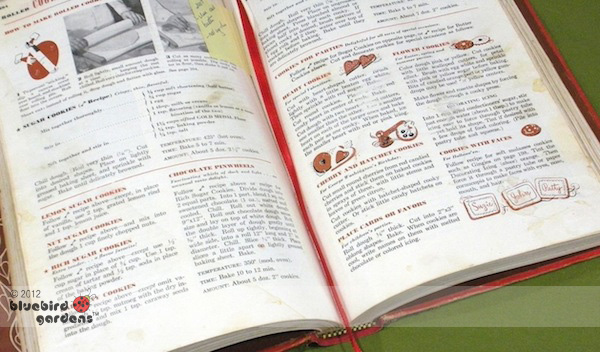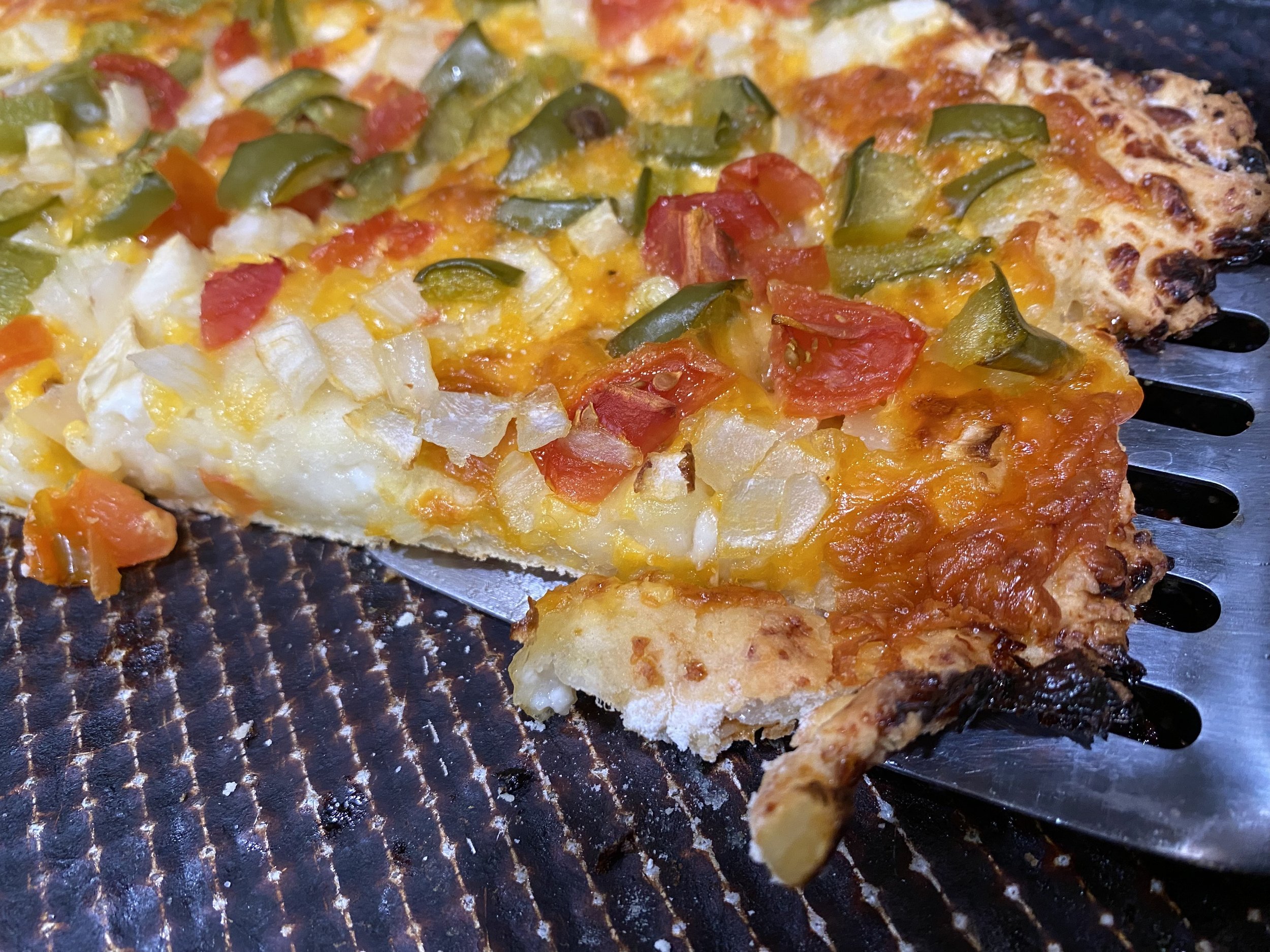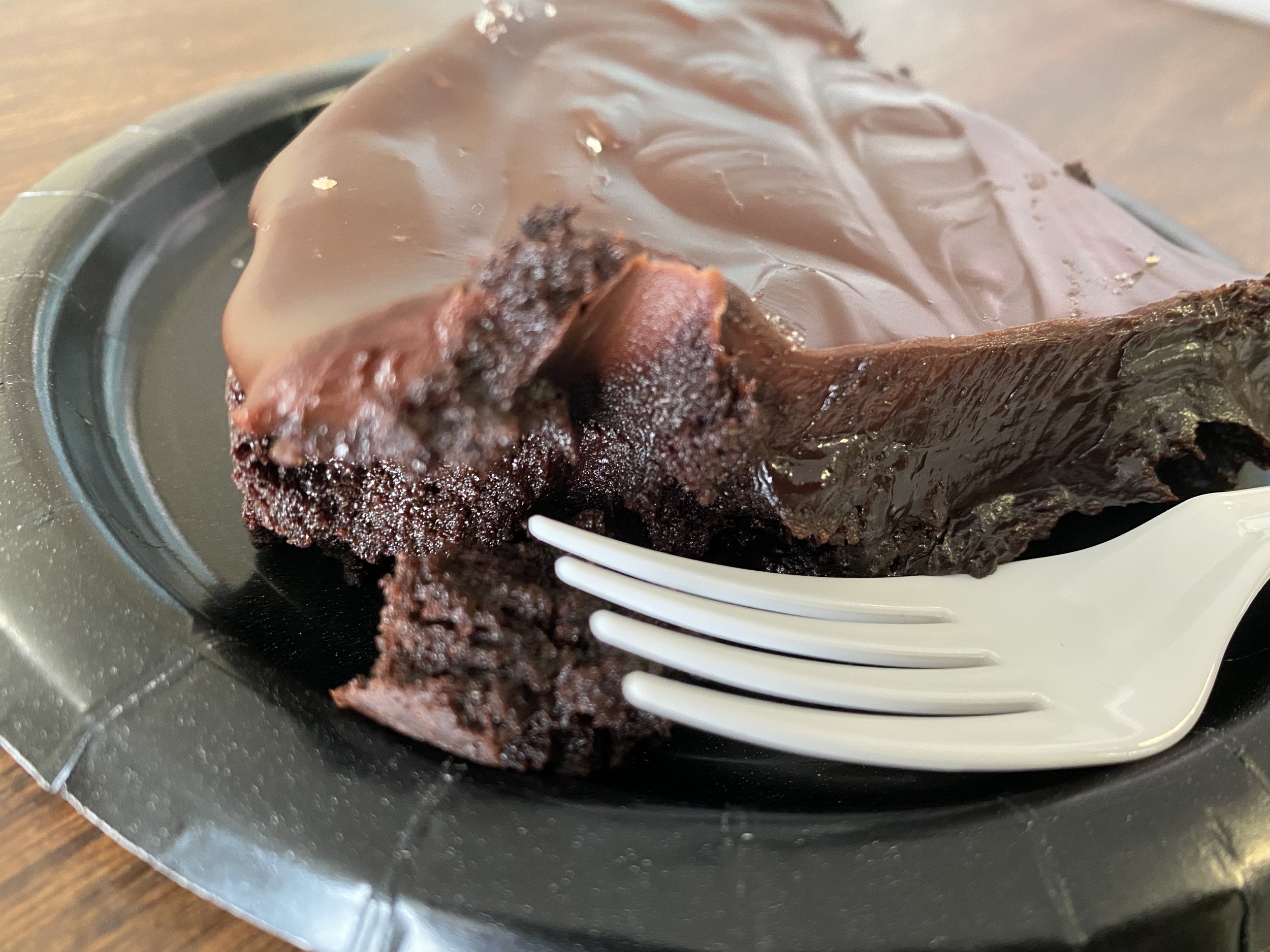Guavas
/I was walking by the fruit display at a local grocery store when a Chinese man pointed at the pile of fruit. "Guavas," he said to no one in particular. In Brazil, I told him, we grew up with trees in our back yard with both white and pink "goiabas." We would eat them straight off the trees. Once in a while, the fruits would be collected for a jam-like concoction we would add to homemade biscuits. In China, this gentleman told me, they are much larger, more the size of a papaya.
There are 100 different species scattered around the world, although most trees can be found in Central and northern South America and related countries along the same equatorial zone. About the size of a lime, this small guava tastse like a cross between a pear and a strawberry, not too sweet but definitely a fruit.
According to one of my cookbooks, you can eat these with salt and pepper. Hawaiians like to dip sliced guavas in soy sauce and vinegar. I like to eat them as is; each has about 100 calories. They are rich in dietary fiber, vitamins A and C - one guava has four times the amount of vitamin C in an orange. Because they are a tropical fruit, they are usually available in December and January.
Have you tried a guava?
Charlotte












